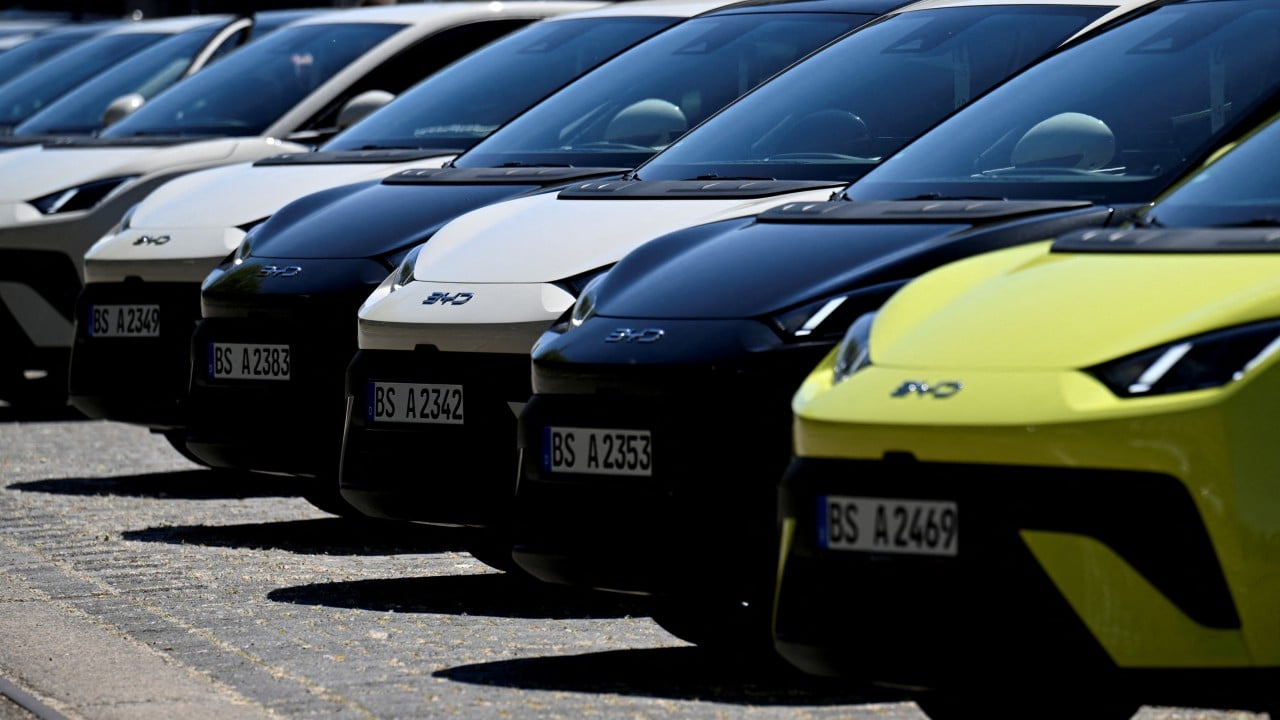China’s top leaders have raised concerns about excessive competition in the domestic market in recent weeks, signalling a shift in policy priorities.
Advertisement
In a meeting chaired by President Xi Jinping on July 1, the Central Finance and Economic Affairs Commission said Beijing needs to “focus on key and difficult issues, regulate enterprises’ disorderly and low-price competition” and “guide enterprises to improve product quality and promote the orderly exit of outdated production capacity”.
The rhetoric has brought back memories of Beijing’s 2015 “supply-side structural reform” initiative, which aimed to eliminate excess capacity in major industries. But a decade later, Chinese leaders face a very different economic landscape.
The Post breaks down the views of analysts on China’s current challenges, and why authorities have spurred efforts to target neijuan – involution – the term used for excessive competition that yields diminishing returns.
What happened in China’s 2015 supply-side reform?
Between 2015 and 2018, China implemented reforms to reduce capacity in key industries, especially steel and coal, according to a note from Morgan Stanley published on Thursday.
Advertisement

